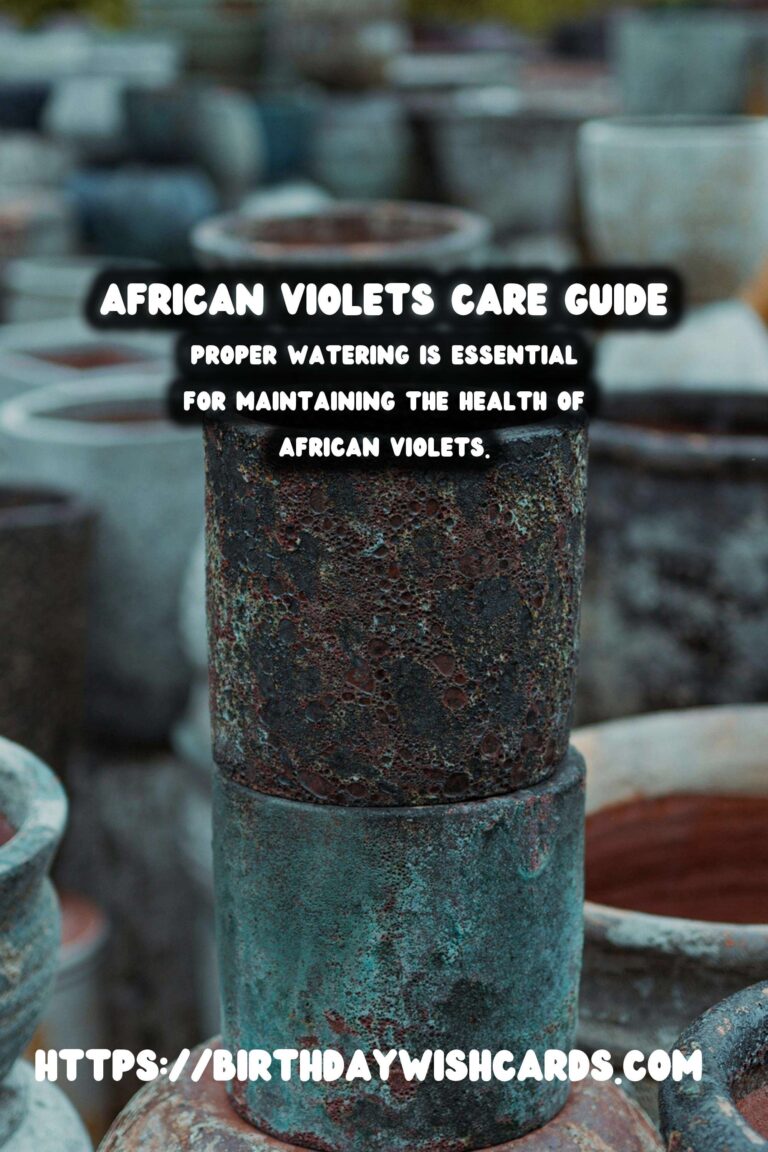
African Violets are beloved houseplants, cherished for their vibrant blooms and lush foliage. However, achieving the right balance of light and water is crucial for their health and vitality. In this comprehensive guide, we’ll explore the optimal conditions for growing African Violets, helping you ensure your plants thrive.
Understanding African Violets
Native to the tropical forests of East Africa, African Violets (Saintpaulia) are part of the Gesneriaceae family. These charming plants are popular among indoor gardeners due to their ability to bloom throughout the year under the right conditions.
Light Requirements for African Violets
Light is a critical factor for the growth and blooming of African Violets. They require bright, indirect light to flourish. Direct sunlight can scorch their leaves, while too little light can hinder blooming.
Place your African Violets near a north or east-facing window where they can receive moderate, filtered light. If natural light is insufficient, consider using fluorescent lights. Position these lights about 12 inches above the plants for 12 to 14 hours a day to mimic natural daylight.
Watering Your African Violets
Proper watering is essential for maintaining the health of African Violets. Overwatering is a common issue that can lead to root rot, while underwatering can cause the plant to wilt.
Use lukewarm water to avoid shocking the plant roots. Water the soil thoroughly, allowing excess water to drain out. It’s vital to let the soil dry slightly between waterings. A good rule of thumb is to water when the top inch of soil feels dry to the touch.
Consider bottom watering to prevent water from sitting on the leaves, which can cause spotting and disease. Place the pot in a shallow tray of water and allow the soil to absorb moisture through the drainage holes.
Humidity and Temperature Considerations
African Violets prefer a humid environment, similar to their native habitat. Aim for a humidity level of around 50% to 60%. You can increase humidity by placing a humidity tray near the plants or using a room humidifier.
These plants thrive in temperatures ranging from 65°F to 75°F (18°C to 24°C). Avoid placing them in drafty areas or near heating vents, as sudden temperature changes can stress the plant.
Feeding and Fertilization
To promote healthy growth and blooming, African Violets benefit from regular feeding. Use a balanced, water-soluble fertilizer formulated for African Violets. Apply the fertilizer every 4 to 6 weeks, diluting it to half the recommended strength to prevent over-fertilization.
Repotting and Soil Requirements
African Violets prefer a light, well-draining soil mix. Consider using a special African Violet potting mix or create your own by combining equal parts of peat moss, vermiculite, and perlite.
Repotting is usually necessary every 6 to 12 months to refresh the soil and provide more space for root growth. Choose a pot that is slightly larger than the current one, as African Violets prefer to be slightly root-bound.
Pest and Disease Management
Common pests that affect African Violets include aphids, mealybugs, and spider mites. Regular inspection and prompt treatment with insecticidal soap or neem oil can help manage infestations.
Diseases such as powdery mildew and crown rot can occur if the plants are overwatered or exposed to high humidity. Ensure good air circulation and maintain proper watering practices to prevent these issues.
Conclusion
Caring for African Violets requires a delicate balance of light, water, and attention to environmental conditions. By understanding their specific needs and providing the right care, you can enjoy the beauty and elegance of these stunning plants year-round.
With the tips outlined in this guide, you’ll be well-equipped to nurture your African Violets, allowing them to bloom and thrive, bringing a touch of nature’s beauty into your home.
African Violets require bright, indirect light to flourish. Proper watering is essential for maintaining the health of African Violets. African Violets prefer a humid environment, similar to their native habitat. Use a balanced, water-soluble fertilizer formulated for African Violets. Repotting is usually necessary every 6 to 12 months to refresh the soil. 

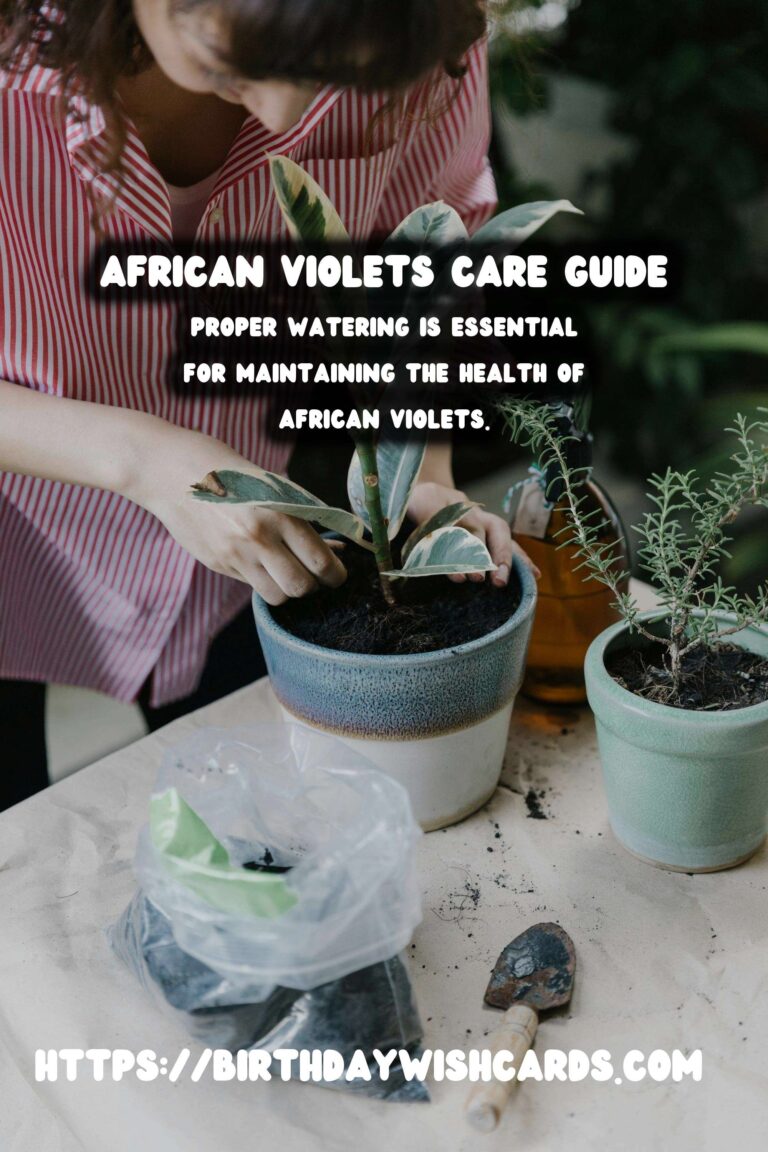
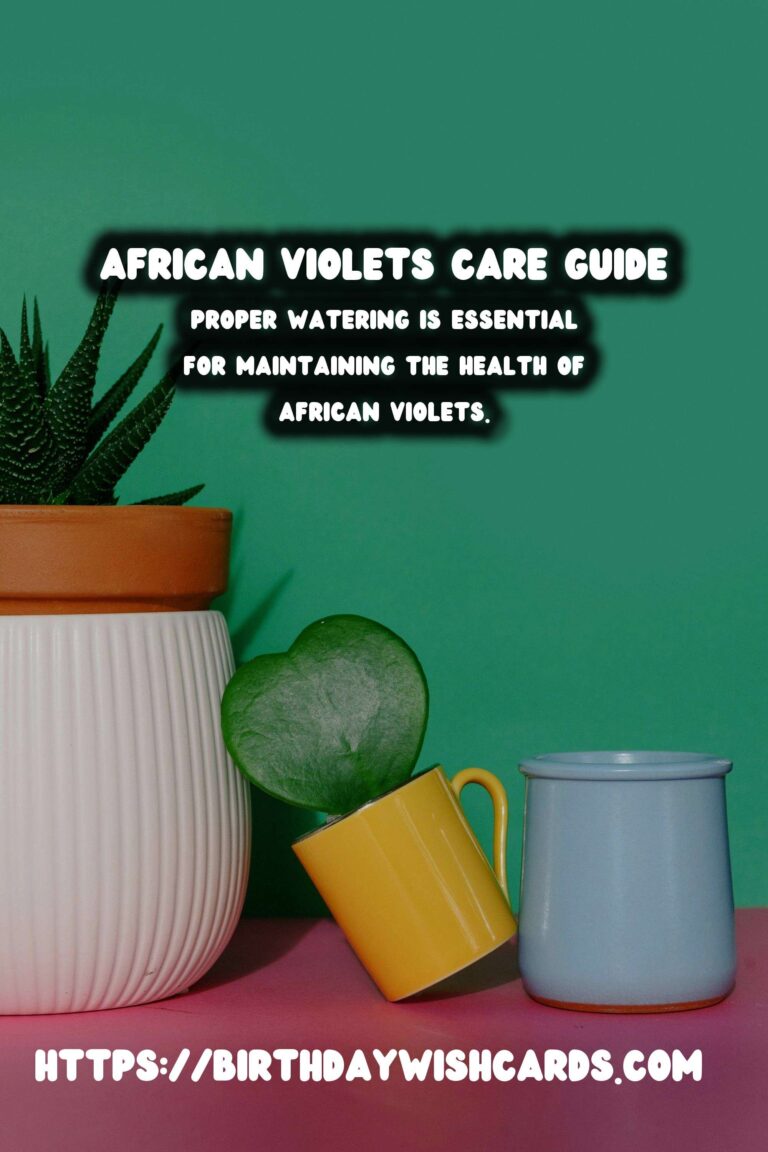
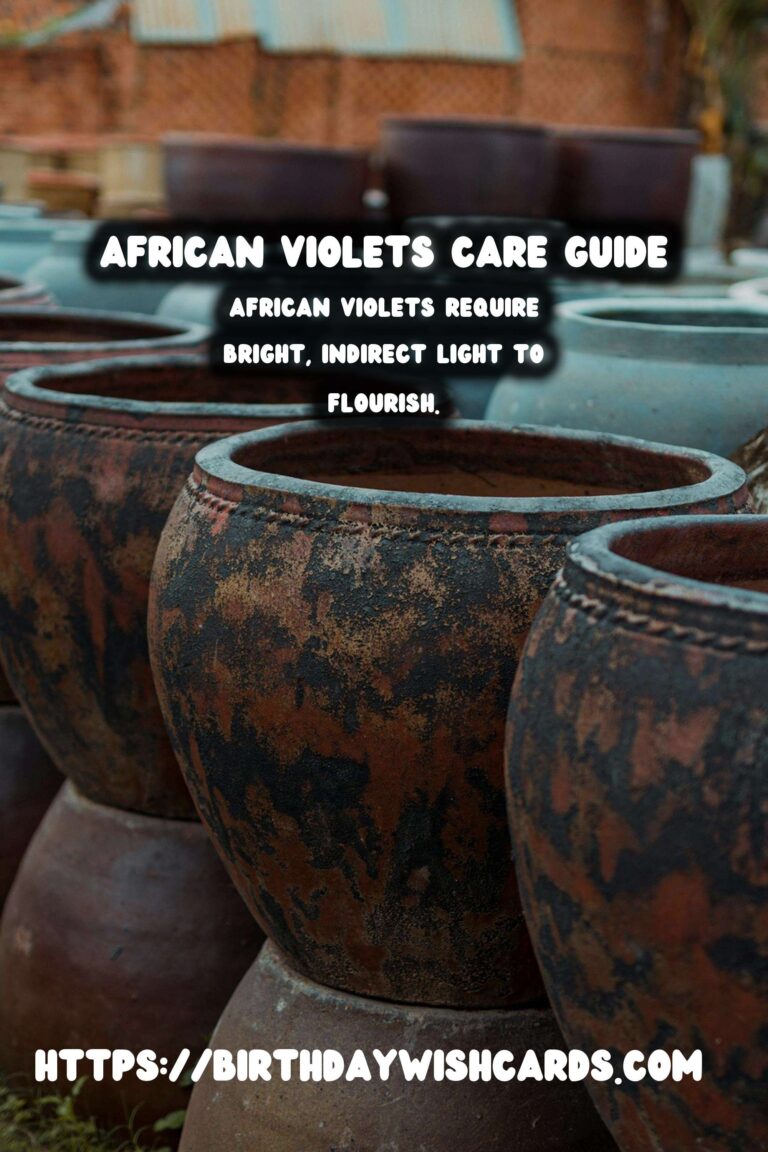
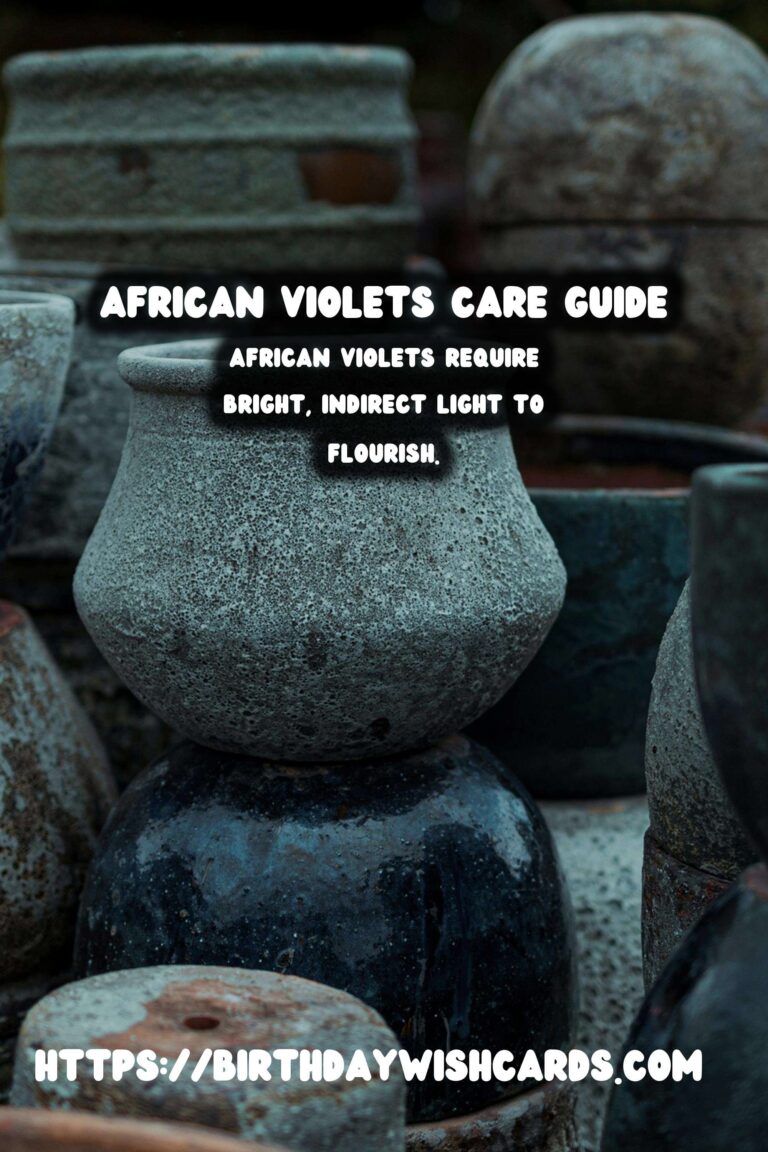

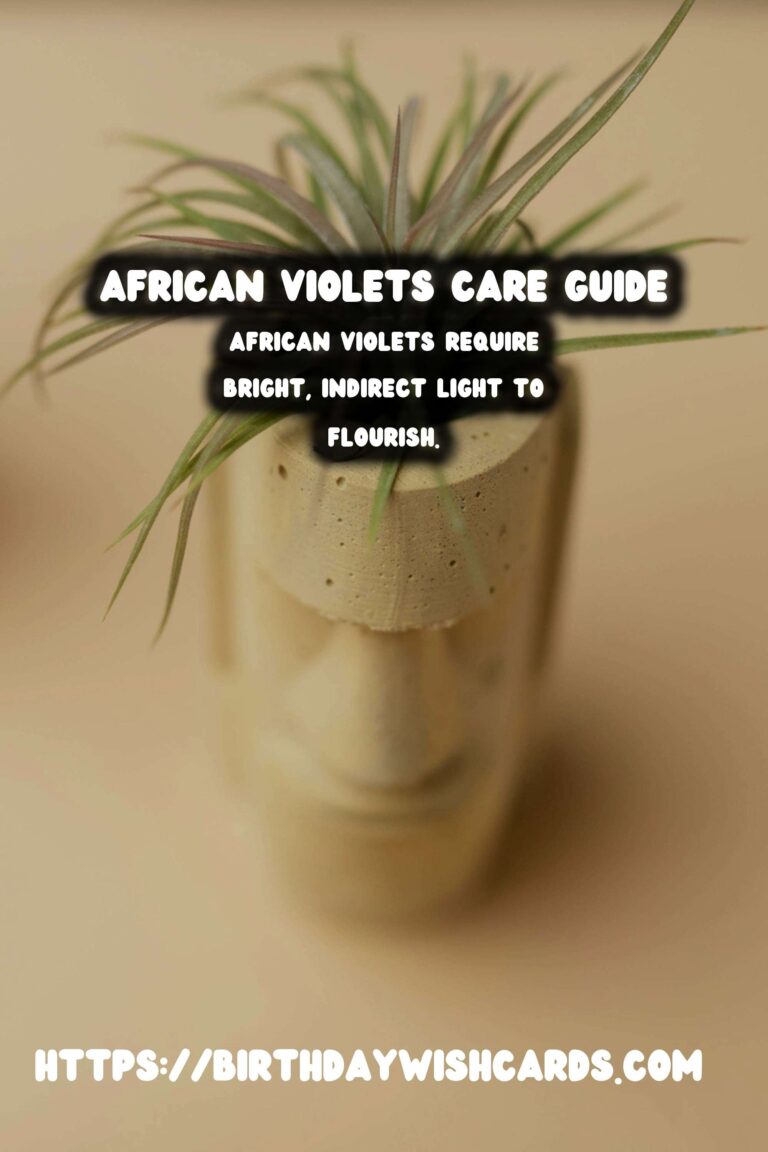
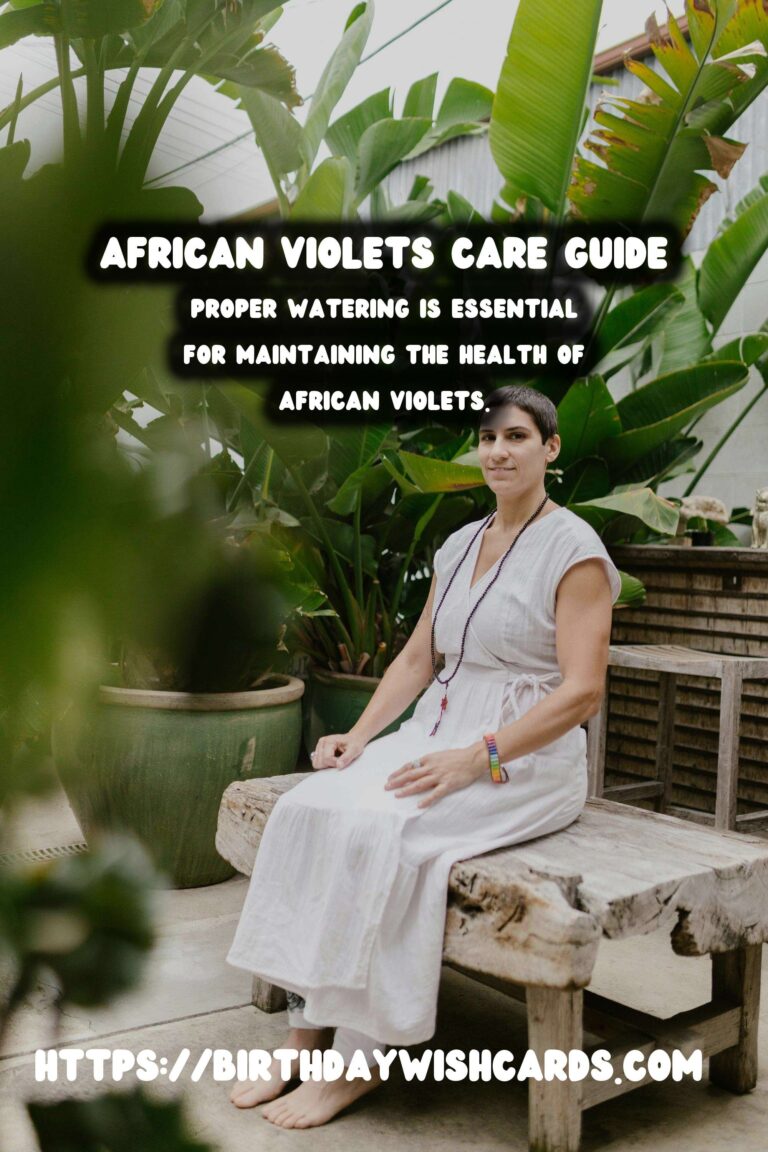
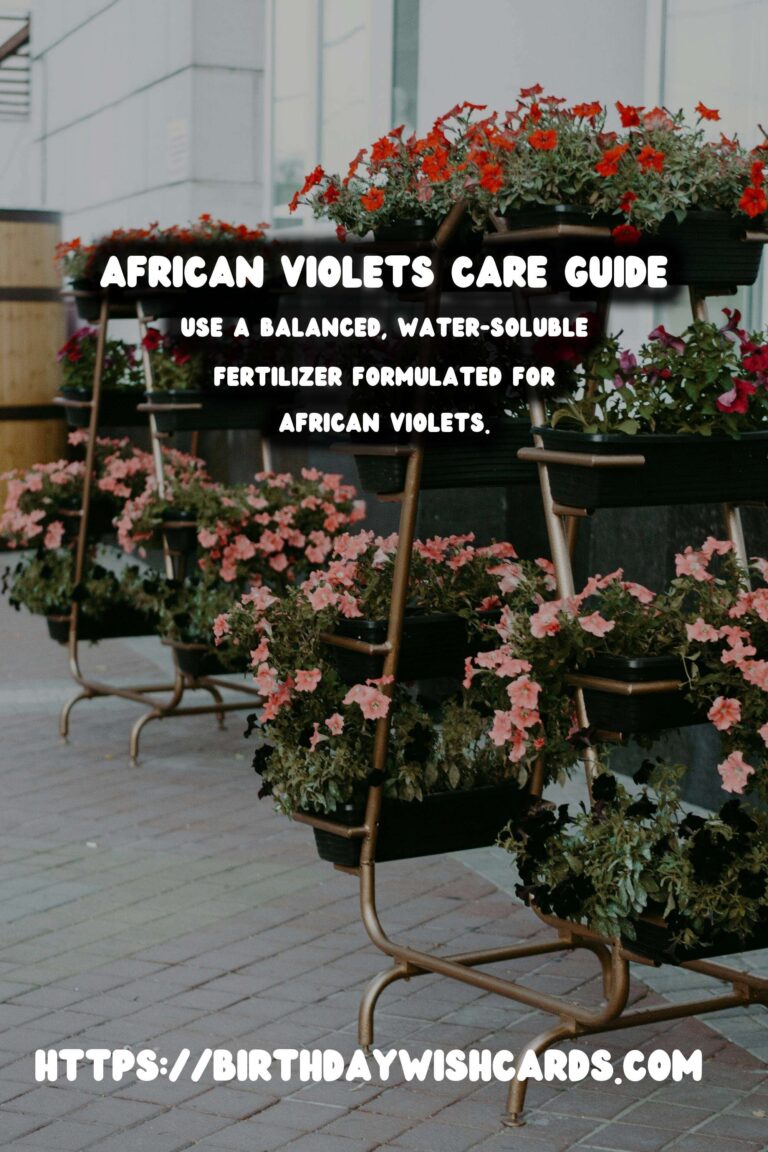
#AfricanViolets #PlantCare #IndoorPlants #GardeningTips #Houseplants




